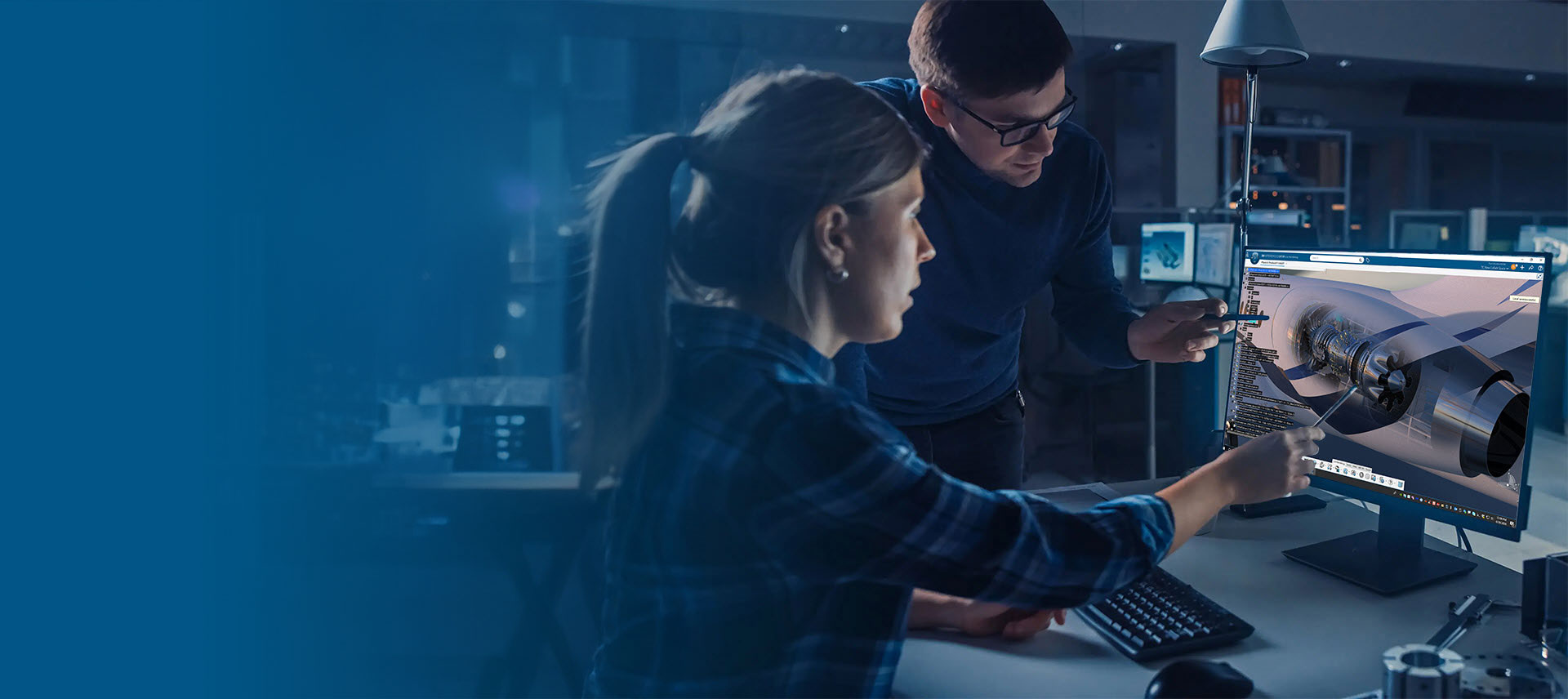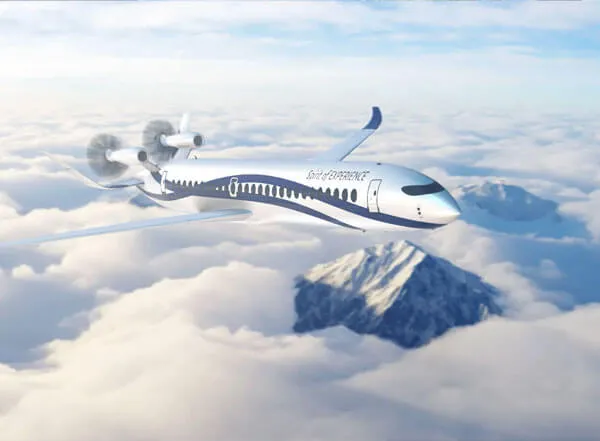Model-Based Definition: Revolutionizing Product Design & Manufacturing
Transform product development by leveraging 3D models as the authoritative source for engineering specifications, streamlining collaboration and enhancing efficiency across the entire product lifecycle.
What is Model-Based Definition?
Model-Based Definition (MBD) is a groundbreaking approach to product design and manufacturing that utilizes 3D models as the primary source of information for defining product specifications. Unlike traditional methods that rely on 2D drawings, MBD incorporates all necessary data directly into the 3D model, including Geometric Dimensioning and Tolerancing (GD&T), materials, Bills of Materials, engineering configurations and design intent.
How does MBD Revolutionize Product Design?
MBD's revolutionary approach eliminates the need for separate 2D engineering drawings, streamlining the entire product development process. By centralizing all product information within a single 3D digital data set, MBD enables seamless collaboration between engineering, manufacturing, quality control and supply chain partners.
This not only enhances accuracy and reduces errors but also facilitates rapid prototyping and direct manufacturing from the 3D model, ultimately revolutionizing how products are designed, developed and brought to market.
Key Benefits of Model-Based Definition
MBD & Sustainability in Product Development & Manufacturing
Model-Based Definition (MBD) enhances sustainability by reducing the need for physical prototypes, cutting material waste and energy use. It improves manufacturing accuracy, leading to fewer errors and less scrap, while enabling the design of optimized, energy-efficient products.
MBD also supports better end-of-life management, promoting recycling and reuse. Overall, MBD streamlines product development, contributing to more sustainable and eco-friendly manufacturing practices.
Model-Based Definition Across Industries
Discover how electrical design transforms various industries through specialized solutions and applications.
Dassault Systèmes' Approach to MBD: Empowering Digital Transformation
Empowering innovation and efficiency, CATIA and ENOVIA, powered by the 3DEXPERIENCE platform, deliver cutting-edge Model-Based Definition (MBD) capabilities. This connected approach embeds product information directly into 3D models, streamlining collaboration, enhancing manufacturing precision and accelerating time-to-market.
Experience the Real-World Value of MBD Solutions
Explore how companies of various sizes have benefited from implementing Model-based definition.
Use Cases: Key Business Functions of MBD Software
Product Design and Engineering
MBD revolutionizes product design by allowing designers and engineers to work directly with 3D models containing all necessary information. This approach enables quick iterations, virtual testing and performance simulations, reducing the time and cost of physical prototyping. Engineers can also ensure that all components fit together perfectly in the digital environment before production.
Manufacturing and Quality Control
MBD enhances manufacturing and quality control by allowing teams to use 3D models directly for programming CNC machines, tooling and production setup, eliminating the need for 2D drawings. Quality control benefits from embedded 3D measurements and tolerances, enabling automated inspections and ensuring consistent product quality.
Supply Chain Management
MBD streamlines supply chain management by enabling seamless communication with suppliers through shared 3D models containing all necessary product information. This approach reduces miscommunication, minimizes errors in part production and facilitates efficient change management, ensuring all parties work with the latest product version.
Dassault Systèmes' Key Values: Driving Innovation with MBD
Get in Touch with Our Experts
Fill in the form to have a Dassault Systèmes expert contact you to answer your questions and discuss any of your needs.
Let’s transform your MBD journey together — contact us today!





